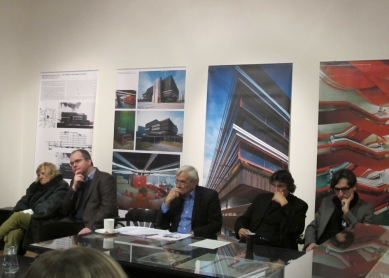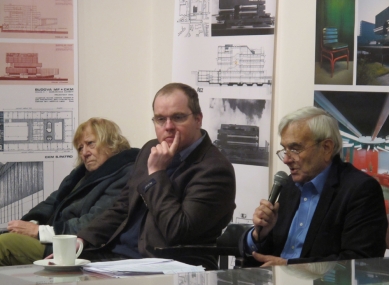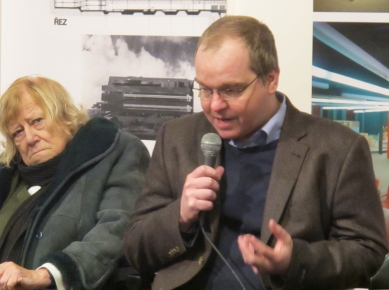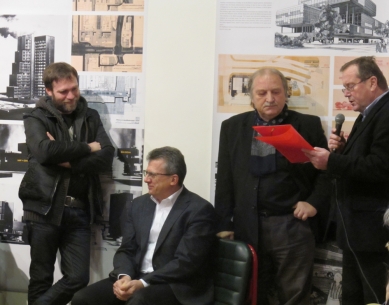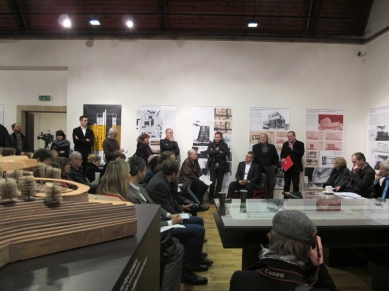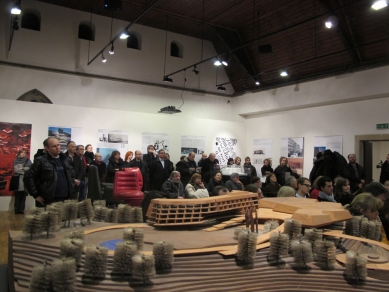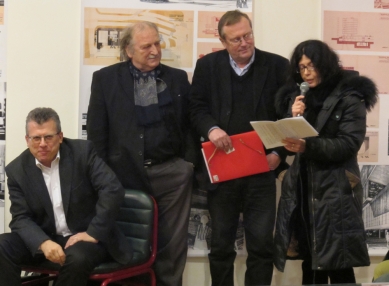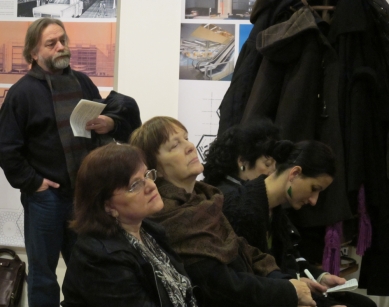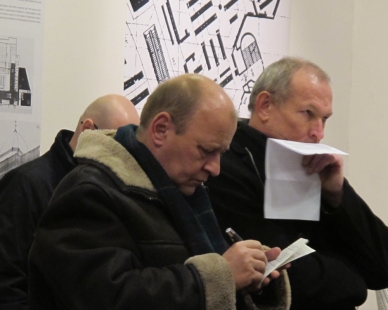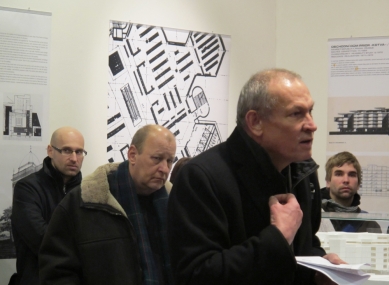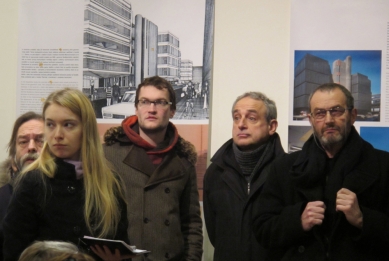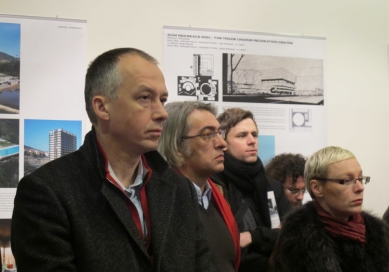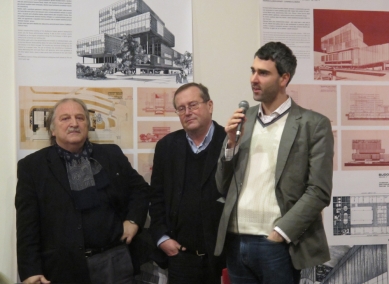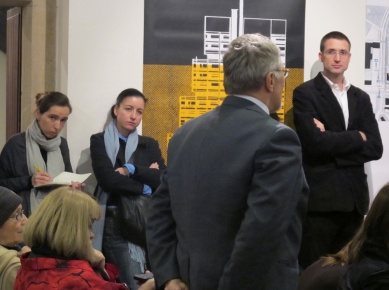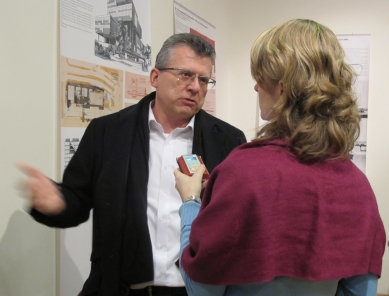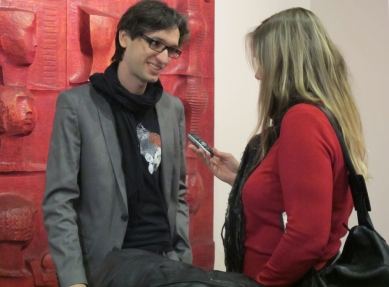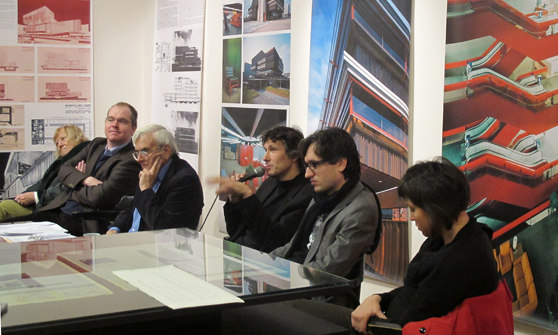 |
| From the left: Alena Šrámková, Richard Biegel, Miroslav Masák, Dan Merta, Adam Gebrian, and Ivette Vašourková |
On Thursday, January 6, a press conference took place at the Prague Gallery of Jaroslav Fragner, attracting unprecedented media interest, where a new initiative created by representatives of the professional public was presented. The attached open letter is addressed to the Mayor of the City of Prague Bohuslav Svoboda and all Prague councilors, highlighting the necessity of systemic changes in addressing the development of the capital city.
Some of the demands also align with earlier civic activities and the efforts of other associations. Let’s recall at least some of them: in the 1990s, for example, the Prague Forum for the Protection and Development of the Cultural Space of the Capital City met in Prague, as did the Mayor's Advisory Board.
Currently, the most prominent advocate in the metropolis is the "namesake" of the new initiative, the Club for Old Prague, whose program definitely does not contradict the activities of the new initiative; on the contrary, some of the signatories identify with both. In addition to the protection of cultural heritage, with which the Club is most commonly associated, it has also established a tradition such as the Club's award for the best new building in a historical environment. We can also mention the initiative and open letter from experts supporting the original use of Klementinum from January 2008, whose primary goal was certainly not to criticize the Kaplický octopus project, but rather to prevent the commercial exploitation of the original seat of the National Library in the very center of the city under the shadow of interest in the blob.
The activities of the civic association Arnika are also well-known, such as its opposition to the construction of high-rise buildings in Pankrác, as well as other local civic initiatives or the activist architects themselves: for example, the project City Interventions, which, after a previous Slovak phase, brought several proposals last year aimed at remedying problematic areas or spatial situations in Prague as well (the work was made available to city districts); among many others, we can mention a recent project for humanization of the Prague highway by Jiří Poláček and Václav Škarda from the K2 studio.
The initiative For a New Prague (as well as many similar activities) responds to the increasing dysfunctionality of the system for the development of Prague, which, although formally not significantly different from structures operating elsewhere in European metropolises, is quickly distancing itself from them in content...
Will the initiative For a New Prague change this state that the professional public is slowly becoming discontentedly accustomed to? Or are its opponents right, including Josef Pleskot, who criticize it for its weakness and excessive intellectualism? (see the record of the debate below the text of the letter).



